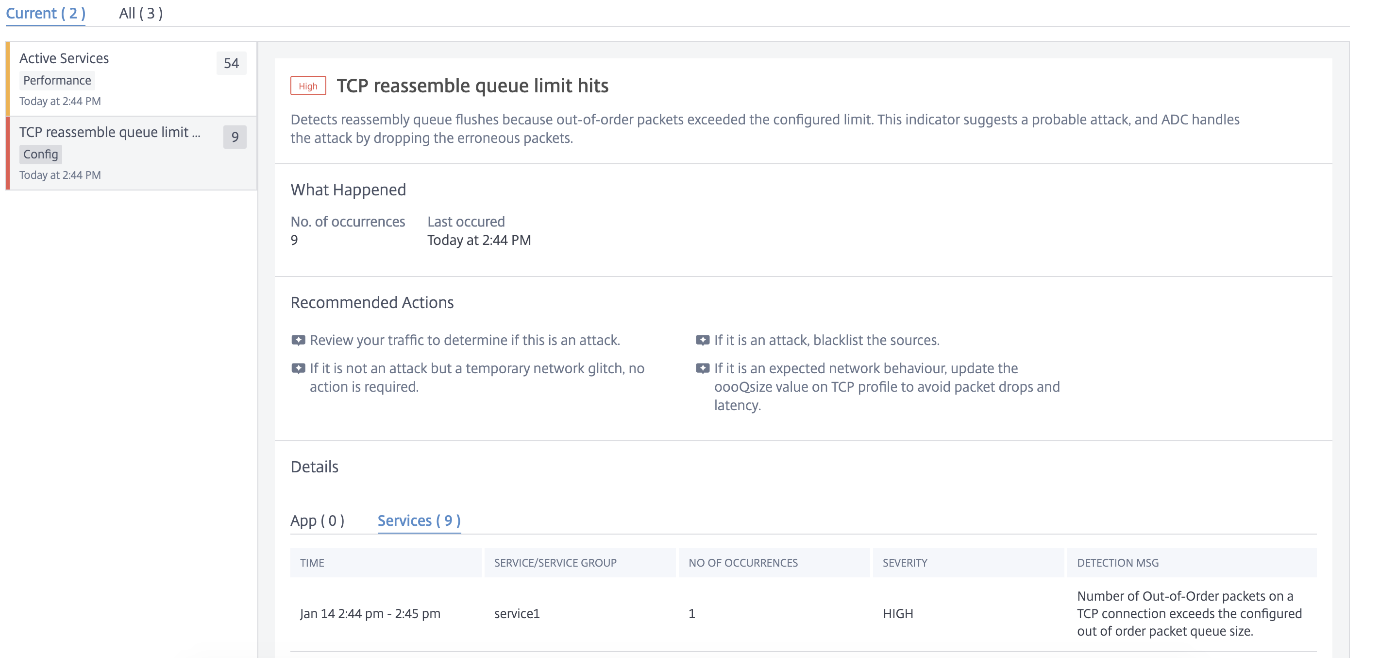This content has been machine translated dynamically.
Dieser Inhalt ist eine maschinelle Übersetzung, die dynamisch erstellt wurde. (Haftungsausschluss)
Cet article a été traduit automatiquement de manière dynamique. (Clause de non responsabilité)
Este artículo lo ha traducido una máquina de forma dinámica. (Aviso legal)
此内容已经过机器动态翻译。 放弃
このコンテンツは動的に機械翻訳されています。免責事項
이 콘텐츠는 동적으로 기계 번역되었습니다. 책임 부인
Este texto foi traduzido automaticamente. (Aviso legal)
Questo contenuto è stato tradotto dinamicamente con traduzione automatica.(Esclusione di responsabilità))
This article has been machine translated.
Dieser Artikel wurde maschinell übersetzt. (Haftungsausschluss)
Ce article a été traduit automatiquement. (Clause de non responsabilité)
Este artículo ha sido traducido automáticamente. (Aviso legal)
この記事は機械翻訳されています.免責事項
이 기사는 기계 번역되었습니다.책임 부인
Este artigo foi traduzido automaticamente.(Aviso legal)
这篇文章已经过机器翻译.放弃
Questo articolo è stato tradotto automaticamente.(Esclusione di responsabilità))
Translation failed!
TCP reassemble queue limit hits
TCP maintains an Out-of-Order queue to keep the OOO packets in the TCP communication. This setting impacts NetScaler memory if the queue size is long as the packets need to be kept in runtime memory.
This queue size needs to be at an optimized level based on the network and application characteristics.
Using the TCP reassemble queue limit hits indicator, you can view if the Out-of-Order packets on a TCP connection exceed the configured out of order packet queue size.
Click the TCP reassemble queue limit hits tab to view the issue details.

The Recommended Actions to troubleshoot the issue are:
-
Review the traffic and block list the source if it is an attack
-
If this behavior is an expected network behavior, then update the out-of-order packets size value on TCP profile. For more information, see TCP Optimization
-
If it is just a temporary network glitch, then no further action is required
Under Details, you can view:
-
The time that occurred the anomaly
-
Total occurrences
-
The anomaly severity such as low, medium, and high
-
The detection message indicating the current TCP profile and oooQsize settings
Share
Share
In this article
This Preview product documentation is Cloud Software Group Confidential.
You agree to hold this documentation confidential pursuant to the terms of your Cloud Software Group Beta/Tech Preview Agreement.
The development, release and timing of any features or functionality described in the Preview documentation remains at our sole discretion and are subject to change without notice or consultation.
The documentation is for informational purposes only and is not a commitment, promise or legal obligation to deliver any material, code or functionality and should not be relied upon in making Cloud Software Group product purchase decisions.
If you do not agree, select I DO NOT AGREE to exit.